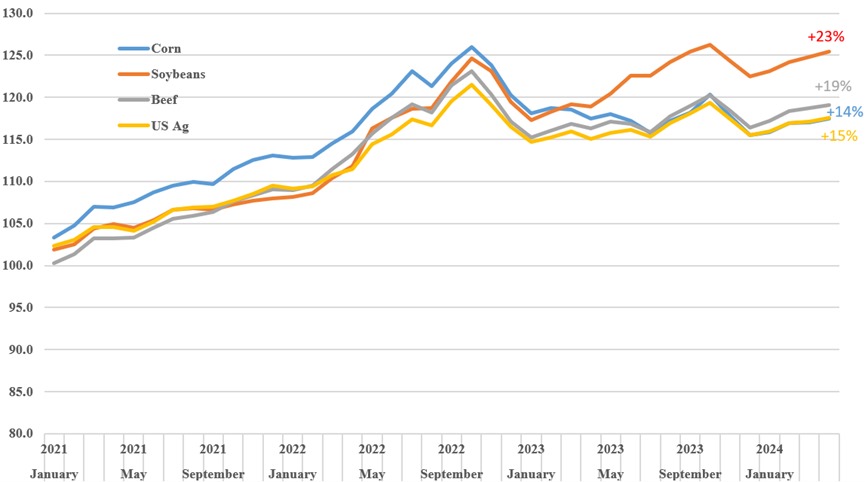By Larry VanLieshout

To prevent pesticide drift injury, scout the surrounding area prior to application to determine if sensitive crops or beehives are nearby. Then take precautions to avoid spray drift to these areas. In addition, use the FieldCheck program to check the FieldWatch Map to see it there are sensitive sites in the area. These producer-submitted (crop growers and beekeepers) sites are marked by a pin on the map. Selecting a pin brings up contact information for that producer and additional information such as crop type and whether it is conventional vs. organic. Corn and soybean growers can also indicate the herbicide tolerance of their crop. Dicamba and 2,4-D product labels for application to herbicide tolerant soybeans state to check your state’s sensitive crop registry, FieldWatch map, prior to application to identify sensitive and organic crops.
Pesticides toxic to bees often carry a bee hazard warning and provide instructions to minimize harm to pollinators due to spray drift. Notify beekeepers with hives located within 2 miles of the field to be treated at least 48 hours prior to application. This allows them time to move, cover, or screen their hives, if desired. These sites can be identified by using the FieldCheck.
Although there is a free public FieldWatch map online, pesticide applicators should still register for FieldCheck. Not all beehives are displayed on the public map if the beekeeper is concerned about theft or vandalism. However, registered FieldCheck users are shown the locations of all the enrolled beehives. They can also add other sensitive sites that are observed to their map. These sites are not shared with other FieldWatch users. A free FieldCheck mobile app is available so applicators can access the FieldWatch map from their phone.